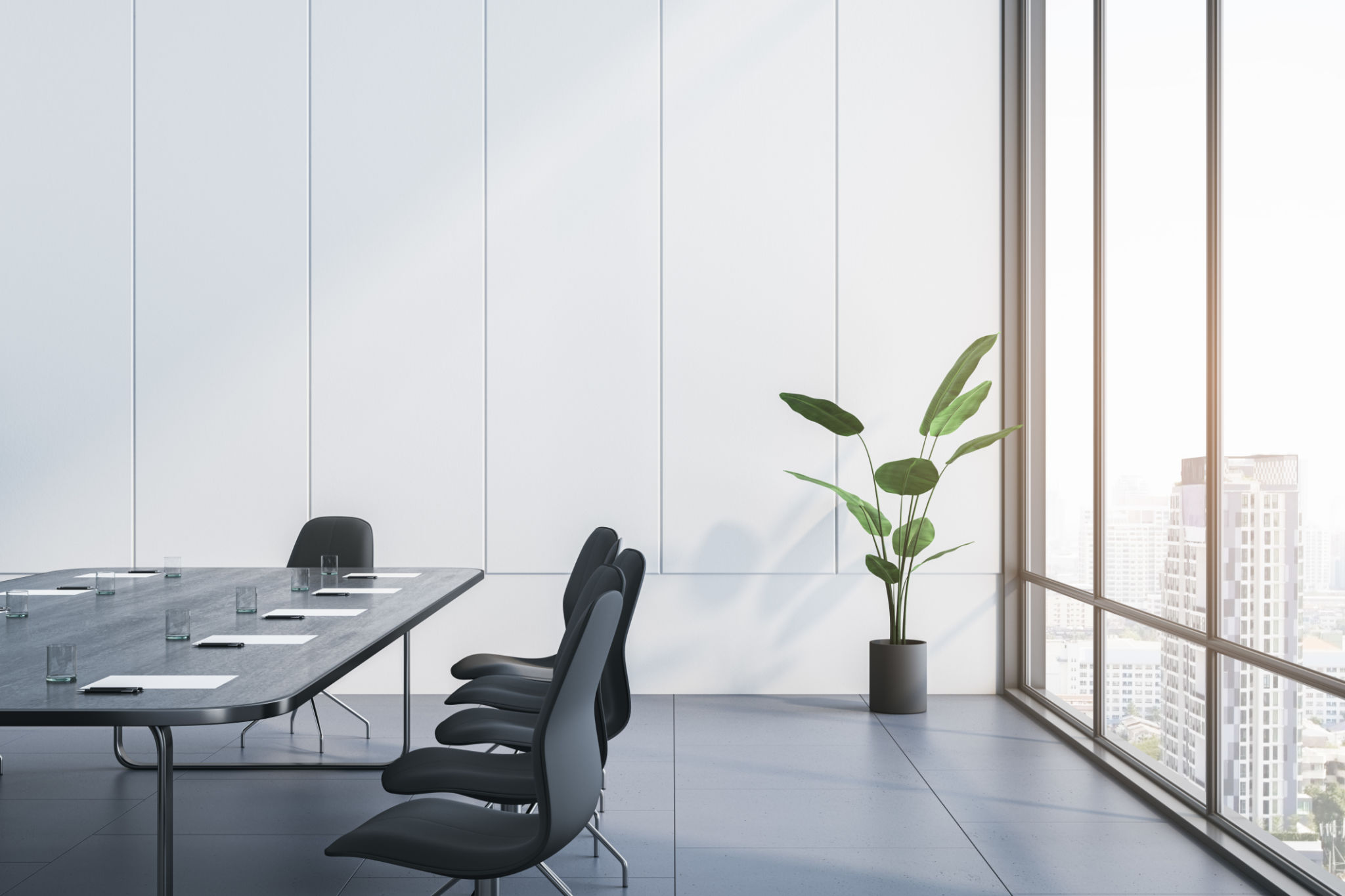Case Study: How Smart Glass Transformed a London Office Space
Introduction to Smart Glass Technology
In the ever-evolving world of office design, innovative solutions are constantly being sought to improve functionality, aesthetics, and energy efficiency. One of the latest trends making waves is the integration of smart glass technology. This technology offers a dynamic approach to transforming office spaces, providing a seamless blend of privacy and transparency. The recent implementation of smart glass in a London office space has showcased its potential to revolutionize the modern workplace.

The Challenge: Balancing Privacy and Collaboration
The London office in question faced a common challenge: balancing the need for private meeting areas with the desire for an open, collaborative environment. Traditional solutions often required physical barriers that could disrupt the flow and aesthetics of the space. The management team sought a more flexible approach that would allow for adaptability without sacrificing design or functionality.
Smart Glass as the Solution
Smart glass technology emerged as the ideal solution. This innovative material can switch from transparent to opaque at the touch of a button, allowing for instant privacy when needed. By installing smart glass partitions, the office was able to maintain an open-plan layout while providing private areas for meetings and focused work sessions. This adaptability proved crucial in maintaining a dynamic work environment.

Implementation Process
The installation process was streamlined and efficient, minimizing disruption to the daily operations of the office. The smart glass panels were custom-fitted to existing structures, ensuring a seamless integration with the overall design. The transformation was completed within a matter of weeks, and employees were quickly trained on how to utilize the new technology effectively.
Benefits Realized
The benefits of this transformation were immediately apparent. The office space now boasts:
- Enhanced Flexibility: The ability to switch between open and private settings as needed.
- Improved Aesthetics: A sleek, modern appearance that complements the existing design.
- Energy Efficiency: Reduced reliance on artificial lighting due to increased natural light penetration.

Employee Feedback
The feedback from employees has been overwhelmingly positive. Many have noted an increase in productivity due to the reduced noise levels provided by the smart glass partitions. Additionally, the ability to quickly create private spaces has enhanced their capacity to hold confidential meetings without needing to leave their primary workspace.
Long-Term Implications
The long-term implications of integrating smart glass technology extend beyond immediate aesthetic and functional improvements. As companies continue to prioritize sustainability, smart glass offers an eco-friendly solution that can contribute to reduced energy consumption through its insulating properties. This aligns with broader goals for creating greener, more sustainable office environments.

Conclusion
In summary, the transformation of this London office space through the use of smart glass technology exemplifies how modern innovations can address traditional workplace challenges. By enhancing flexibility, improving aesthetics, and promoting sustainability, smart glass is set to play a pivotal role in the future of office design. As more organizations recognize its benefits, it is likely that smart glass installations will become increasingly prevalent in urban workspaces worldwide.
